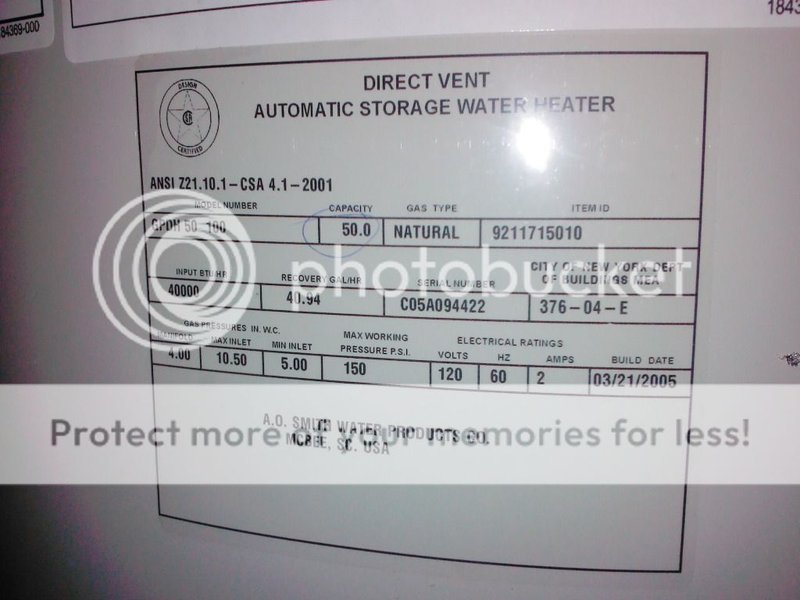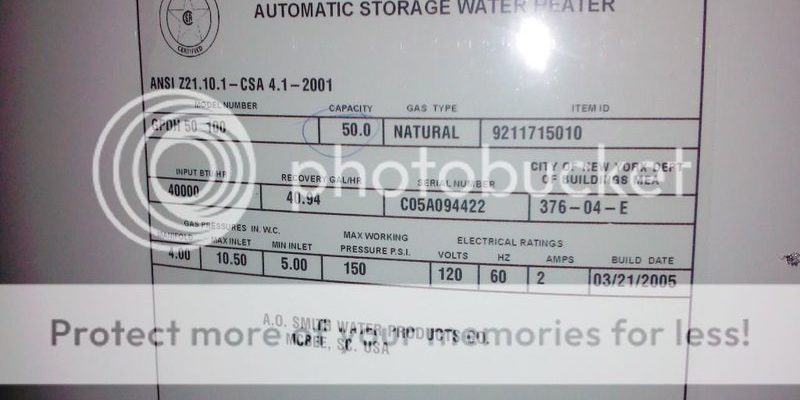
Imagine your water heater as a complex orchestra, where each component plays its part to deliver the perfect temperature of water. When everything is in tune, it’s smooth sailing. But when an error code like E2 pops up, it’s like one of the instruments hitting a sour note. Essentially, the E2 error code is your water heater’s way of signaling that something isn’t quite right within its programmed operation. It specifically points to an issue with the unit’s thermistors, which are crucial sensors responsible for monitoring water temperature.
Understanding the Basics of Error Code E2
When dealing with error code E2, it’s essential to understand the role of thermistors in your water heater. Think of thermistors as the eyes of your heater, constantly measuring the temperature of the water and communicating that information to the control system. If the thermistor detects a problem, such as being unable to read the temperature correctly, it triggers the E2 error code. This is your heater’s way of saying, “I need some attention here!”
Now, you might be wondering, “Why do thermistors fail?” Well, just like any other component in a machine, thermistors can suffer from wear and tear over time. In some cases, mineral deposits from hard water can accumulate and interfere with sensor function. Or perhaps, a loose connection might be to blame. Imagine a loose lightbulb flickering inconsistently — it’s somewhat similar here. If the connection isn’t stable, the thermistor can’t perform effectively.
Once you spot the E2 code, it’s crucial to act promptly. Ignoring this issue could lead to further complications, such as inefficient heating or complete shutdowns. And believe me, nobody wants to deal with that on a busy morning. So, let’s dive into what you can do about it.
Steps to Fix Error Code E2
Okay, so your water heater is flashing E2, and you’re probably wondering what actions to take. First things first, safety is paramount. Make sure to turn off the power supply to your water heater before you begin any checks or repairs. Electricity and water are not the best of friends, so it’s best to err on the side of caution.
Once you’ve ensured everything is safe, inspect the thermistors. These little sensors are typically located near the heating elements. Check for any obvious signs of damage or corrosion. It’s kind of like checking a flashlight’s battery — sometimes, the solution is as simple as replacing the faulty part. If the thermistor looks out of place or damaged, you might need to adjust or replace it. While it’s a doable task for those who feel confident around appliances, don’t hesitate to call a professional if you’re unsure.
After addressing the thermistor, reconnect the power and restart your water heater. Keep an eye on it over the next few days to ensure the error code doesn’t reappear. If it does, it could indicate a more complex issue, which will likely require professional intervention. Remember, it’s always better to catch these tiny problems early on before they escalate into bigger, costlier repairs.
Preventive Measures for Future Avoidance
Prevention is always better than cure, right? Keeping your water heater in top shape can ward off pesky errors like E2. Regular maintenance is key. Much like servicing your car, performing routine checks on your water heater can prolong its lifespan and efficiency. This means flushing the tank to rid of sediment build-up, checking connections, and ensuring all components seem in good working order.
Using a water softener can also help reduce mineral deposits, especially if you live in an area with hard water. These minerals can wreak havoc on your heater’s sensors over time, leading to errors and inefficiencies. Think of it as adding a filter to your coffee maker to ensure each brew is smooth and sediment-free.
Finally, familiarize yourself with your water heater’s manual. It might not be the most thrilling read, but knowing how your appliance works can empower you to tackle minor issues confidently. Plus, when in doubt, it’s always a good idea to consult with a professional. They can offer insights and services that keep your device in optimal shape, ensuring you won’t have to deal with cold water surprises anytime soon.
In closing, while the E2 error code on your Kenmore water heater might seem daunting at first, it’s manageable with a bit of understanding and action. By addressing the root cause and implementing regular maintenance, you can keep your heater running smoothly, ensuring a warm shower is never far away.
